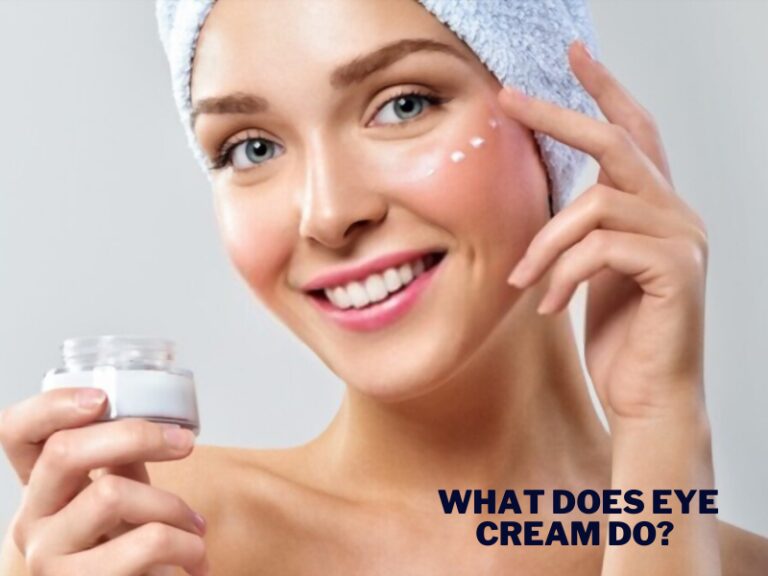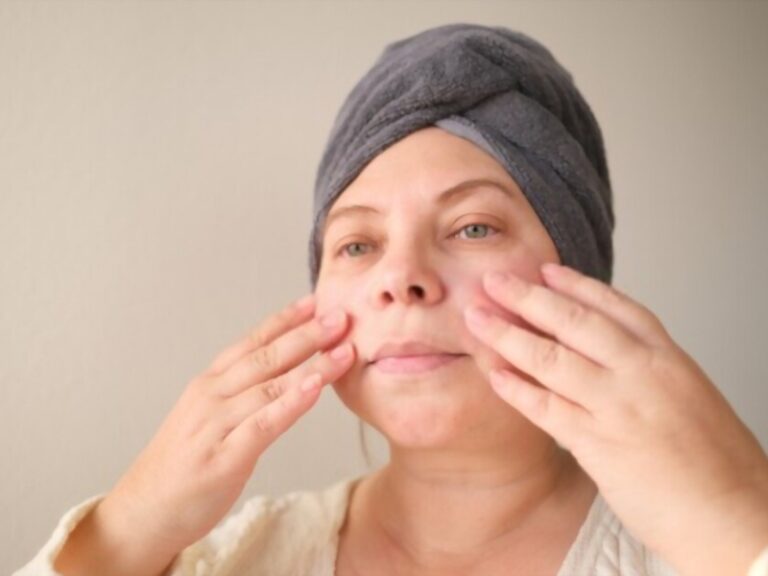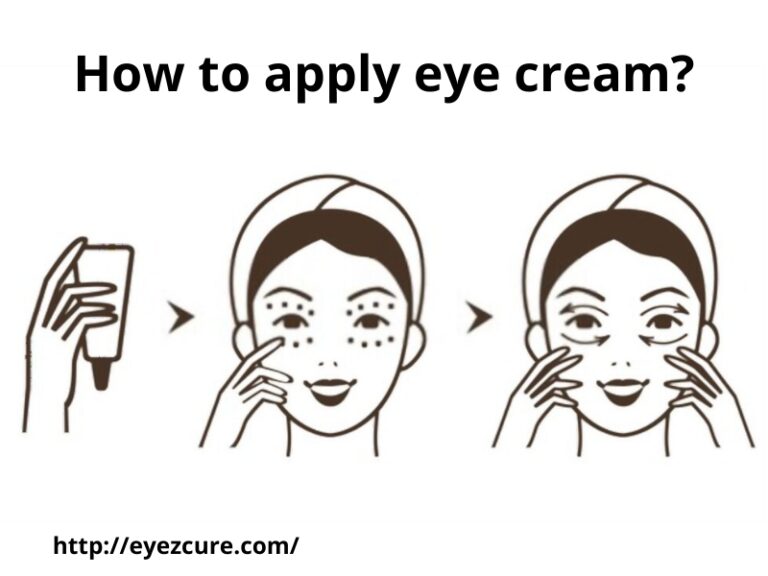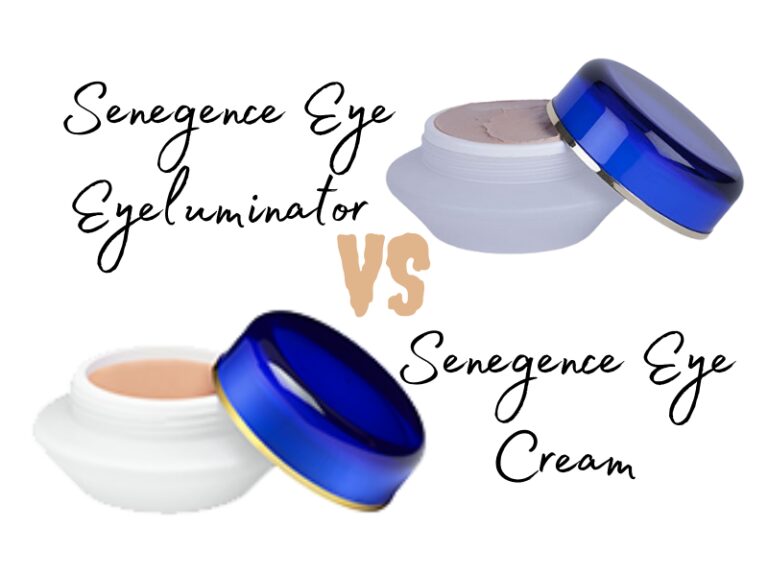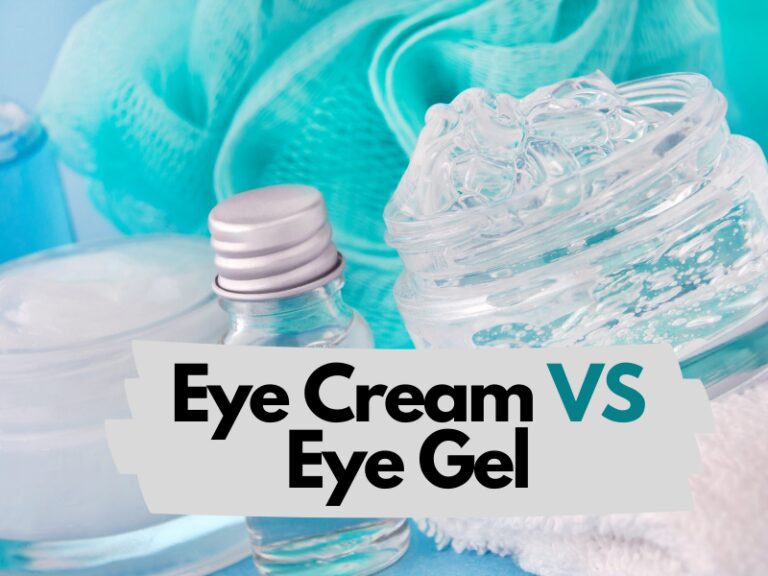 If you instantly want to treat your dark circles, fine lines, eye eczema without any harmful chemicals, then hyaluronic acid is the best option for you. Hyaluronic is the best for decreasing fine lines and wrinkles, making the skin fresh and younger, explain the dermatologist “Joyce Imahiyerobo-Ip”. Every good eye cream or serum contains hyaluronic acid, even the injectable. But, what is hyaluronic acid, and what are the significant benefits of using HA?
If you instantly want to treat your dark circles, fine lines, eye eczema without any harmful chemicals, then hyaluronic acid is the best option for you. Hyaluronic is the best for decreasing fine lines and wrinkles, making the skin fresh and younger, explain the dermatologist “Joyce Imahiyerobo-Ip”. Every good eye cream or serum contains hyaluronic acid, even the injectable. But, what is hyaluronic acid, and what are the significant benefits of using HA?
Hyaluronic Acid (HA) is a substance that is naturally found in the human body. Even the high consistencies are present in the fluids of the joints and eyes. Thus, hyaluronic acid used in medicine is obtained from rooster combs or produced by bacteria.
We ask the dermatologist to tell you the exact benefits and side effects of using hyaluronic acid on the skin according to the dermatologist’s recommendation.
Furthermore, information is defined below;
Hyaluronic Acid for Face
Hyaluronic acid supplements can improve the appearance and feel of your skin. Approximately half of your body’s hyaluronic acid is contained in your skin, where it binds to water to help maintain moisture. The natural maturation process and exposure to UV radiation from the sun, pollution, and tobacco smoke can reduce its levels in the skin.
Hydrated skin often appears smoother, which may explain why many studies have shown that supplementing with it will make skin look smoother.
Even it can reduce the appearance of wrinkles, dermatitis, and redness when applied to the skin’s surface.
To keep skin looking firm and youthful, dermatologists inject hyaluronic acid fillers.
Benefits of Using Hyaluronic Acid
Hyaluronic acid has various uses. Many peoples are using eye serums, eye creams, eye drops, and eye injectable.
Hence, the essential factor is to know is about what are the benefits of using hyaluronic acid?
We have compiled the 6 top benefits of using hyaluronic acid. That is presenting in the highest concentrations in your eyes, connective tissue, and skin.
1. Hydration
An essential benefit of using hyaluronic acid is to providing hydration. It is like a drink of water in human skin. Yet, it can hold up to a thousand times molecular weight in water. It will hydrate the skin and bind water to skin cells, providing valuable, rejuvenating moisture to all skin layers.
Many of the best eye creams contain hyaluronic acid for skin hydration, but one of our favorite products is Cetaphil Hydrating Eye Gel-Cream. Also, it can reduce the appearance of fine lines, wrinkles, dermatitis, and dark circles.
When we apply the Cetaphil eye cream, it helps prevent the skin cell, hydrates the skin collagen, and makes the skin fresher and hydrated.
2. Enhancement of Lipid Barrier
The primary role of our skin is to protect our body. Of course! Our skin protects our internal organs, bones, muscles, and other body parts from the elements.
On the other hand, our skin can also protect our bodies from the harmful chemicals we are exposed to daily. Hyaluronic Acid helps to strengthen the skin’s natural barriers.
3. Tighter Skin
Everyone wants tighter skin. As we age, our skin is broken down and loses its snap or leaves the younger looks.
If you want to check the skin, either it looks younger or aged. Pinch the skin on the top of your hand to check the elastin levels quickly. You still have a lot of elastin if it snaps back easily. The skin doesn’t bounce back as soon as it used to as you get older. Try the test on your mother or grandmother the next time you see them.
Hyaluronic acid can’t replace your skin elastin. However, it can help to appearance the tighten skin. Even it can fill the hydration, moisture and tightens the complexion of the skin. And it helps firm facial to contour a youthful appearance.
4. Reduce Wrinkles and Fine lines
It’s never too soon to begin preserving and nourishing your skin. Hyaluronic acid is an element that supports skin from twenty to eighty years old.
Hyaluronic Acid plumps up the skin and reduces the appearance of wrinkles and fine lines by preserving moisture. When the skin is covered and hydrated, it will create more skin cells because it isn’t battling for hydration. This results in skin cells that are cleaner and plumper.
One of the first areas of the skin to reveal wrinkles and fine lines is around the eyes. Using an eye cream twice a day will keep the skin hydrated while also preventing new lines.
5. Healthy Skin Cell
Although hyaluronic acid does not speed up the cell renewal process, it does assist in skin cell regeneration by providing additional hydration and barrier protection to the skin. This results in healthy cells and a more youthful appearance.
6. Smooth Skin Texture
Hyaluronic acid smooth’s the skin’s texture in the same way as it tightens the shape of the skin. As a consequence, you can see and feel a silky smooth finish.
If your skin has visible acne marks, HA will not fill them in. However, when used in conjunction with a tool like a derma roller, hyaluronic acid, and a derma roller can make skin look smoother over time. Learn more about micro-needling and the other advantages of using a derma roller by watching this short film.
Side Effects of Using Hyaluronic Acid
There are no specific side effects of using hyaluronic acid as it is the most topical version. But as the expert’s suggestion, “Although HA is commonly used as filler, it may cause some side effects and there might be swelling and redness.”
As Hyaluronic acid is so closely linked to natural substances already present in the body, most reactions are caused by the injection rather than HA. Therefore, if you select the ingest HA, it is clinically proven to reduce wrinkles’ appearance and plump of the skin, says an expert dermatologist “Robert J. Bentley”.
Hyaluronic Acid vs. Sodium Hyaluronate
Mainly, Both Hyaluronic acid and sodium Hyaluronate used in skincare products. It is true to say that, Sodium Hyaluronate is the opposite of hyaluronic acid.
Dr. Kelvin Andrews explains, Sodium Hyaluronate is a water-soluble salt that retains 1000 times its weight in water. It has a small molecular size that allows penetrating the skin for youthful-looking rather than Hyaluronic Acid. The molecular weight is used in skincare to determine how well products penetrate the skin. The lower rate of molecular can deeply penetrate the skin.
Sodium Hyaluronate always comes in solution form; an alternative to this, it doesn’t come in pure form, explains “Joyce Imahiyerobo-Ip dermatologist”. It adds up to 1% to 2% of the total solution, mainly made up of water.
Thus, if a solution contains more than 4% sodium Hyaluronate, it will potentially dry out your skin. The highest concentration of hyaluronic acid that can be used in a solution without drying it out is 2%.
How Hyaluronic Acid Works in Skin?
According to a dermatologist, Hyaluronic acid is a sugar found naturally substance that can hold water and keep it plumping and hydrating.
Even hyaluronic acid holds in our body a thousand times its weight in water to not only keep all the moisture in our joints and skin but also prevent it from evaporating into the air.
What Does Hyaluronic Acid Do To Your Skin?
By using hyaluronic acid, you can increase the skin moisture and hydrating your skin. Also, it can reduce the appearance of fine lines and wrinkles. As it is a topical treatment, so it can soothe dermatitis and redness. Even so, injections can feel the skin firmer.
Is Hyaluronic Acid a Natural Ingredient?
Yes, Hyaluronic acid is a natural ingredient. It is also known as “hyaluronan” that forms in the human body. Plus, in the human body, it is found in connective tissues, skin, and eyes.
Final Verdict
Hyaluronic acid substances are safe; you can safely use them in your skin or under the eye. It has many health benefits, as we mentioned above. As well, it provides protection, hydration, and many more.
Furthermore, HA is an effective supplement for reducing the appearance of dark circles, fine lines, and wrinkles without any significant side effects.
Hopefully, you will get much more information about what is hyaluronic acid, from our article.

